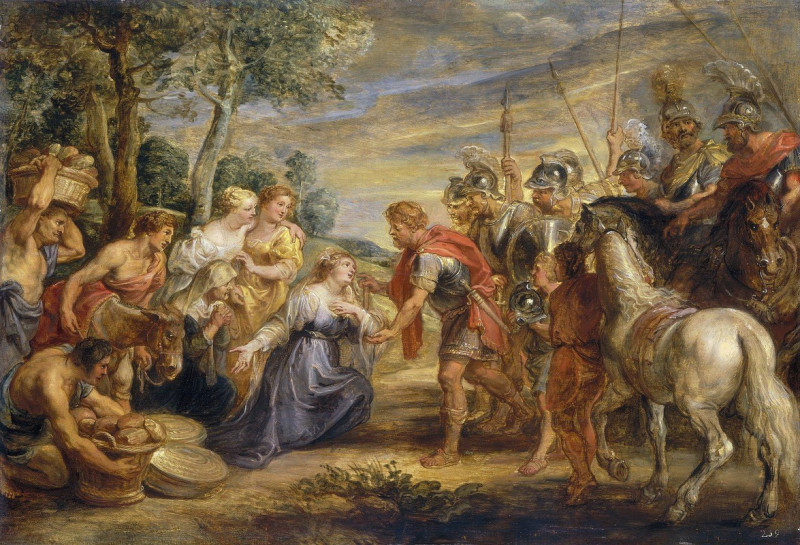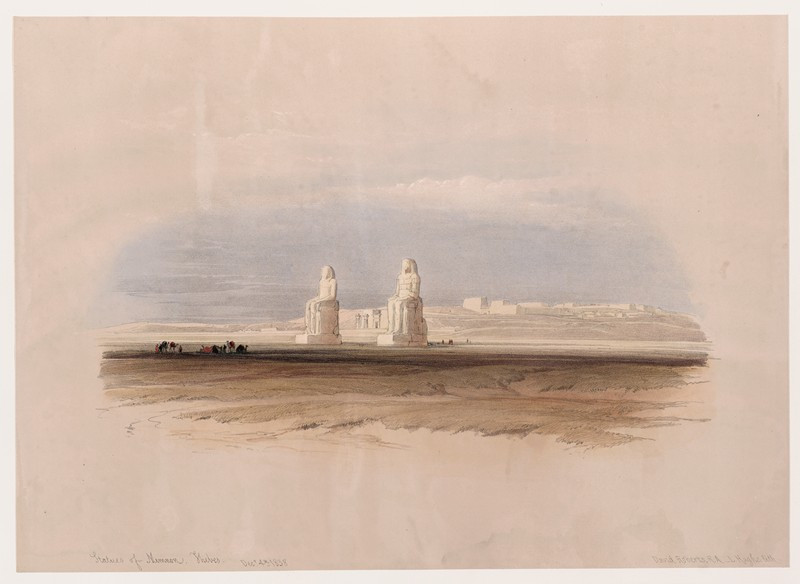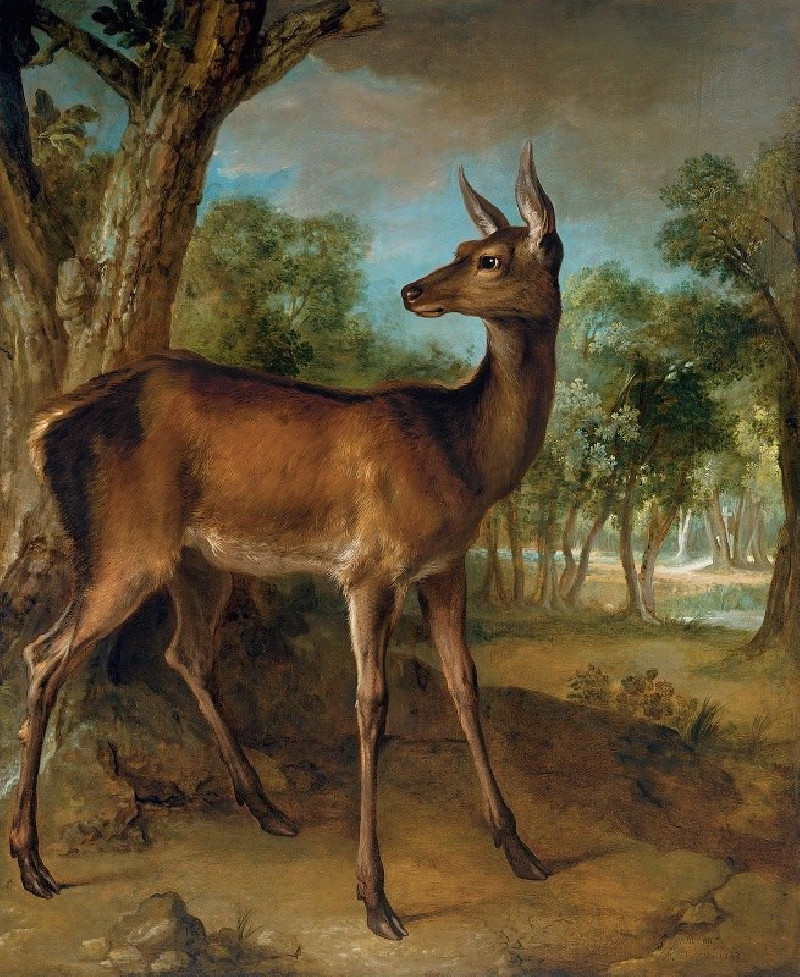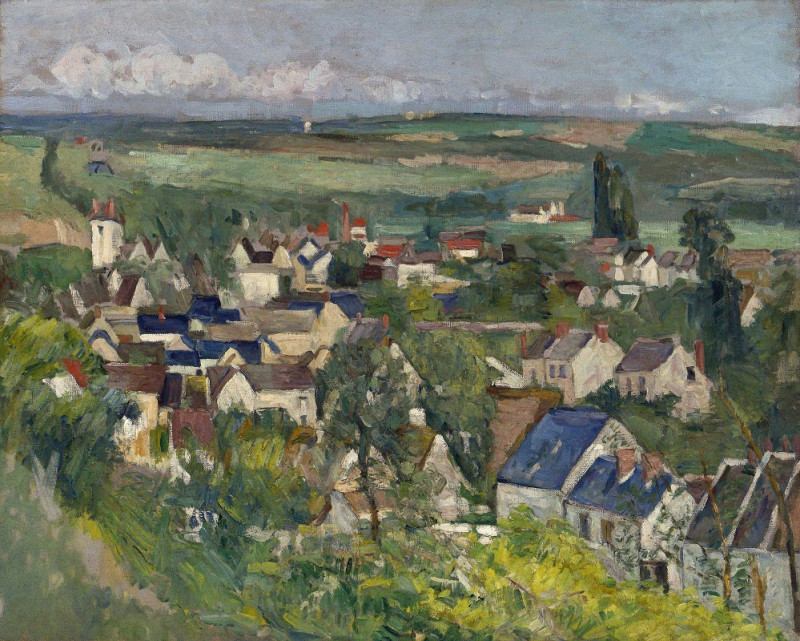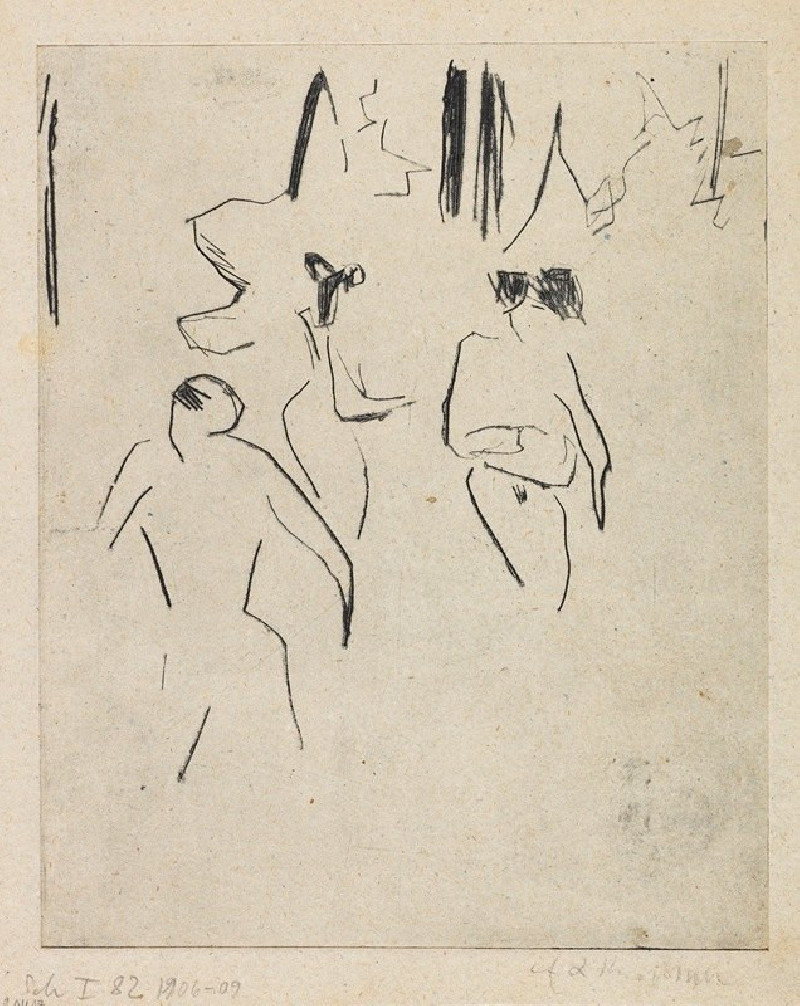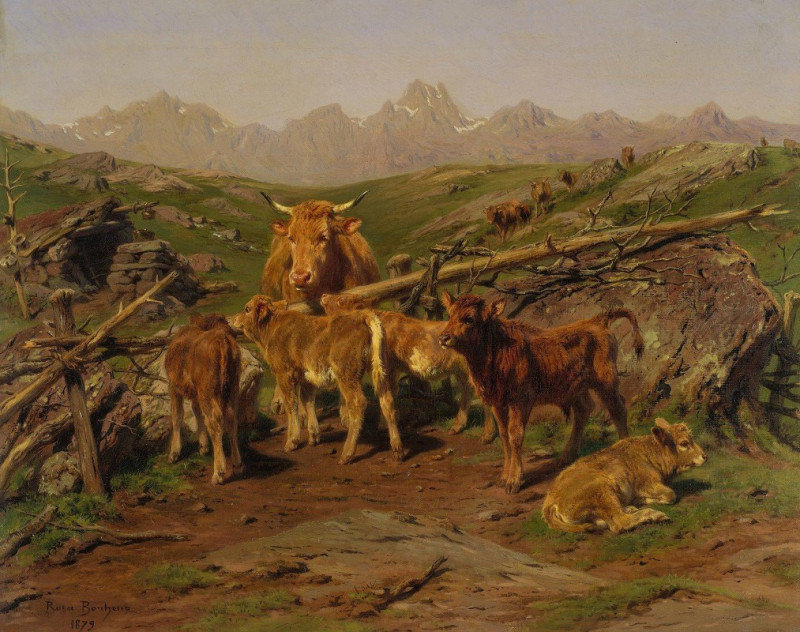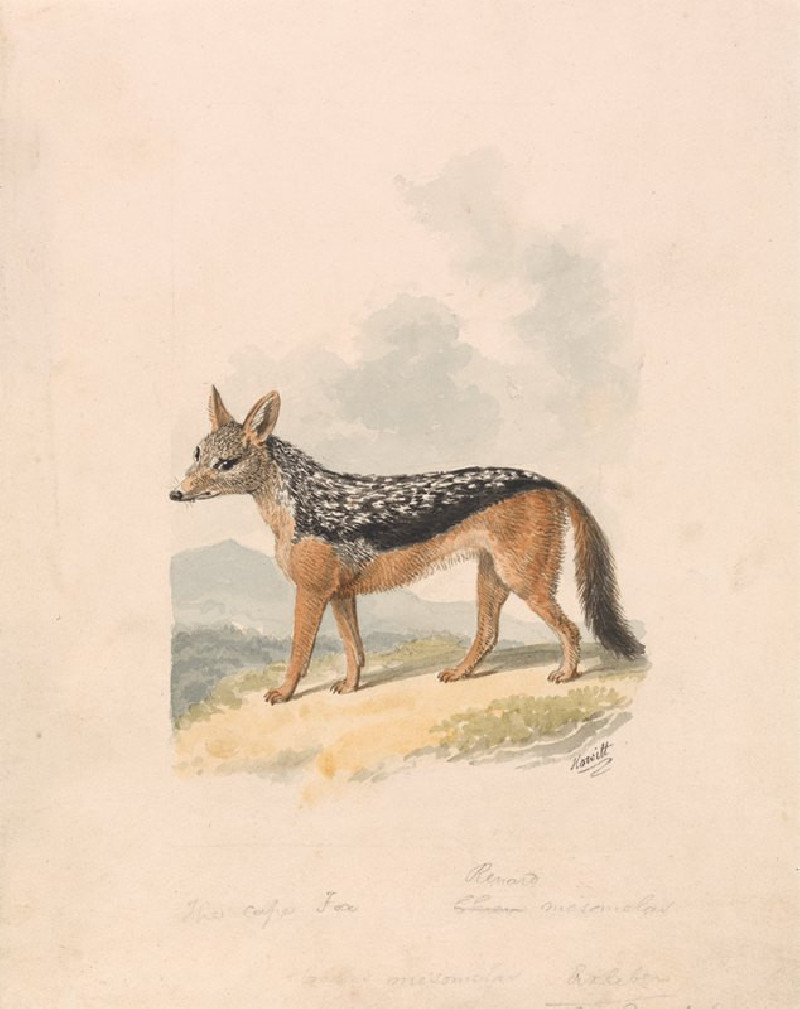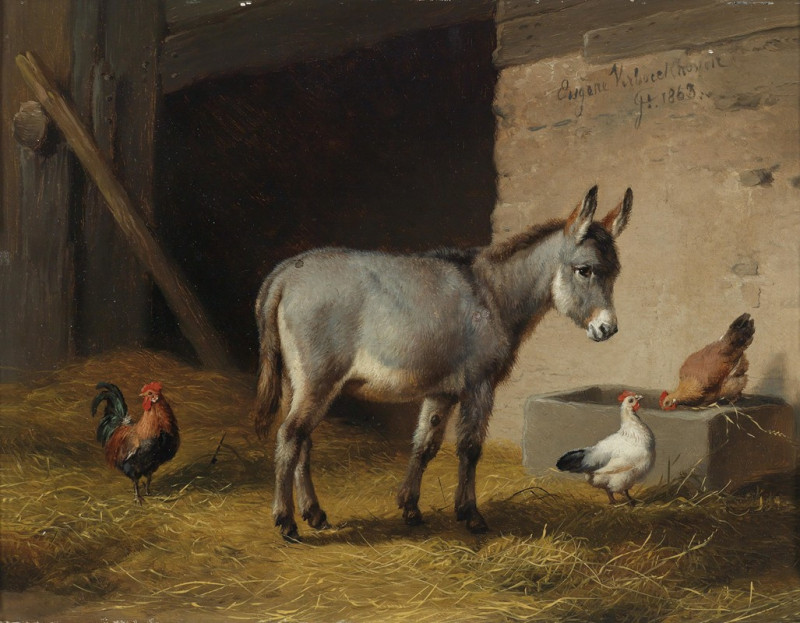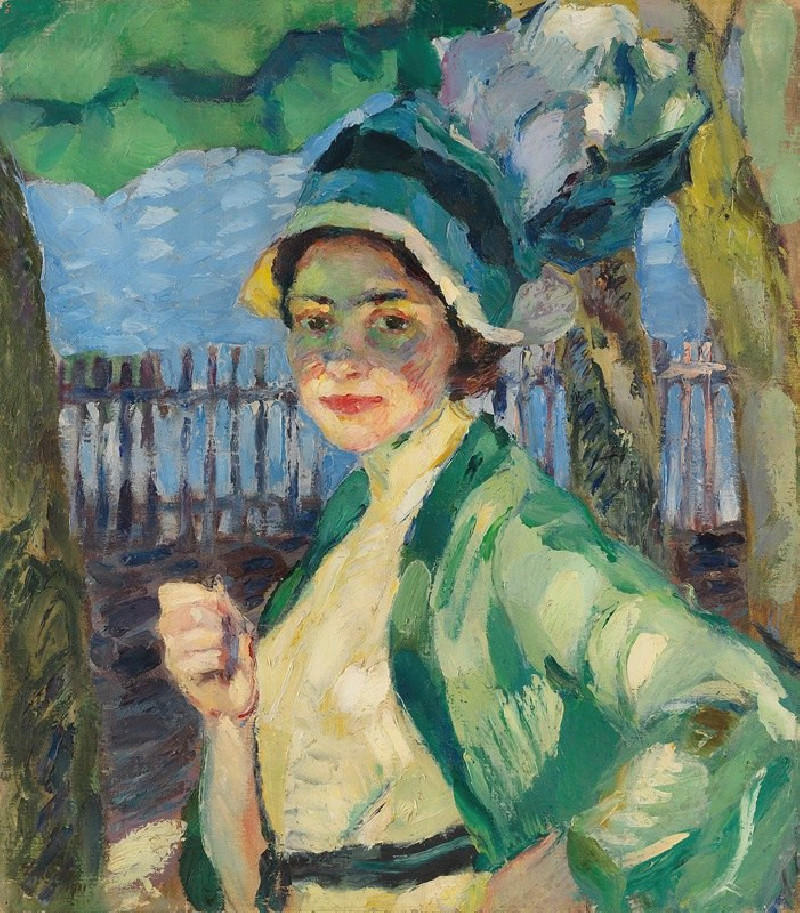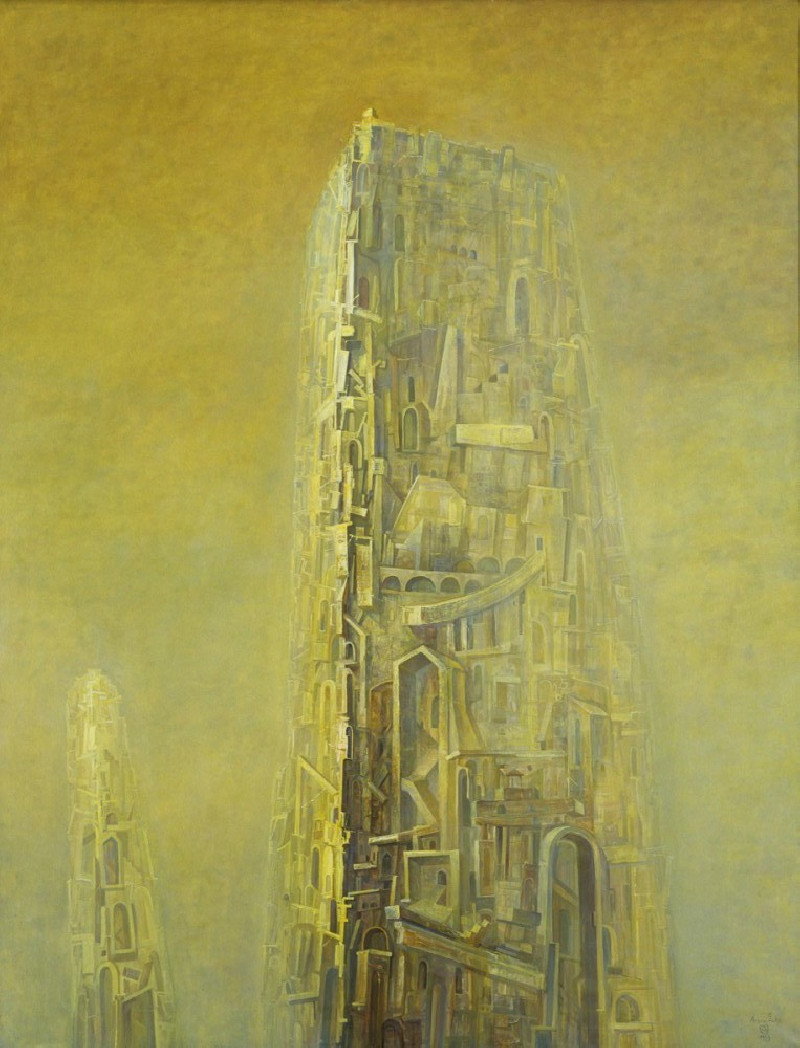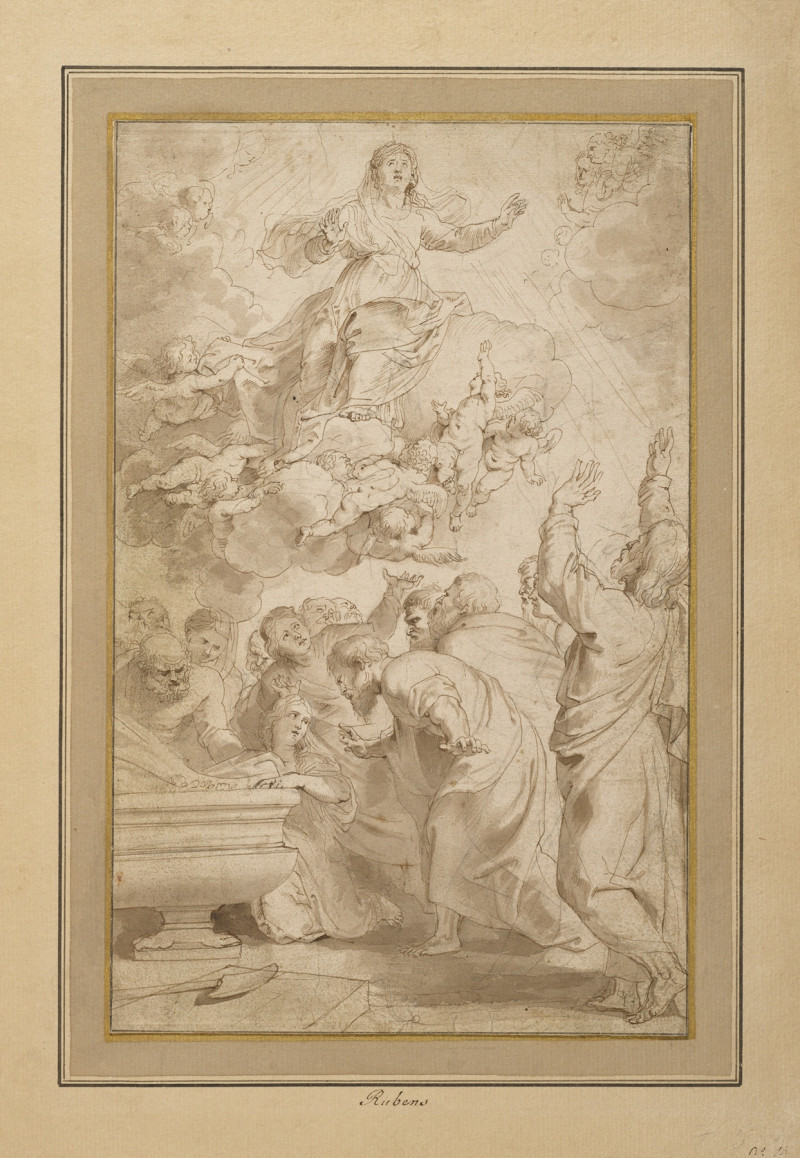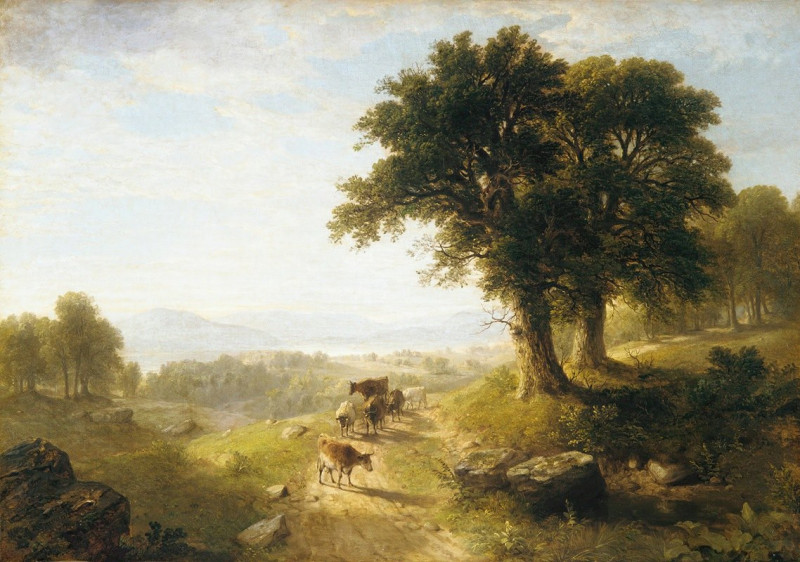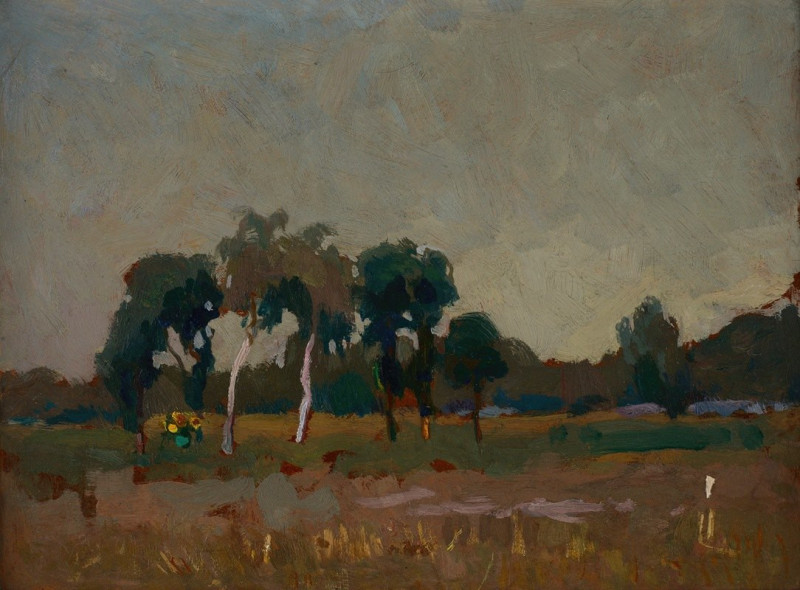Begegnung (ca. 1935)
Technique: Giclée quality print
Recommended by our customers
More about this artwork
"Begegnung," a striking artwork by Karl Wiener, created around 1935, captivates visitors with its unique composition and mood. This painting portrays a seemingly mundane yet enigmatic street scene, where a central female figure engages the viewer’s immediate attention. She is depicted with a detailed and somewhat pensive expression, set against a backdrop of two male figures who appear to be in mid-conversation, walking past her.The use of muted, almost monochromatic tones adds a melancholic, introspective quality to the scene, suggesting a narrative that goes beyond a simple encounter. Wiener’s mastery in the use of geometric abstraction and overlapping forms creates a sense of depth and dynamism, emphasizing the emotional distance between the subjects within the artwork.This piece not only exemplifies Wiener's skillful manipulation of form and shadow but also invites viewers to ponder the nature of social interactions and the personal stories that unfold in public spaces. As we observe these figures, we are drawn into their world, left to wonder about their thoughts and connections in that captured moment.
































